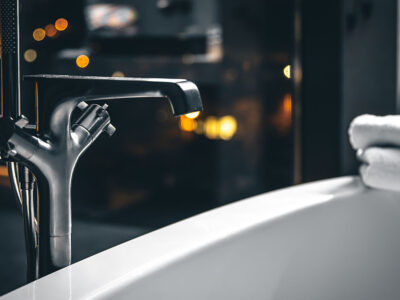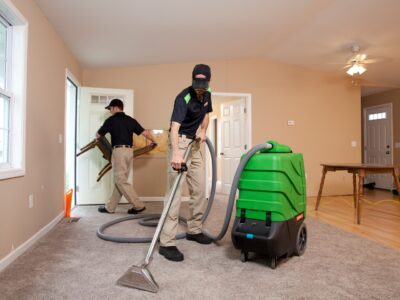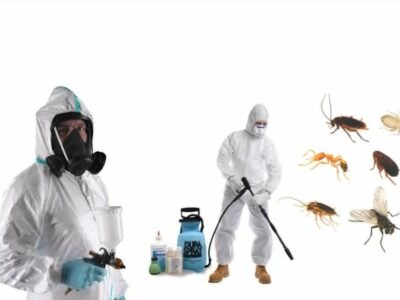
Introduction
Gardening during the spring is a delightful affair. The weather is nice and pleasantly warm, animals and pollinators are busy and flowers bloom to spread a delightful scent around your garden. However, things become miserable during the hot summer season. If you need topsoil for creating new garden beds, you can search for “topsoil near me” and buy some from a nearby store. For now, let’s check out a few summer gardening tips.
Tips & Tricks
- Plant sunflowers – Sunflowers are a symbol of happiness and people plant it in their garden for good vibes. However, sunflowers can bring enormous benefits to your little garden. Sunflower plants create flowers early on and produce nectar equally quickly. Even when a sunflower plant is just 6 inches tall, its flowers create nectar to attract all kinds of pollinators to your garden.
Sunflowers produce nectar and continue to attract pollinators throughout the bloom cycle. So, instead of a dedicated garden bed of sunflowers, it’s better to plant them within rows of veggies. The pollinators that are attracted by the sunflowers also act as pollinating agents for your veggies and ensure a healthy harvest season.
Sunflowers also act as guardian angels for your fruit trees. If you have orchard rows, plant a few sunflowers between or around them. When the sunflower seeds fall and dry out, they attract birds that also feast on all the pests that are after the fruits in your orchard. However, make sure that you don’t plant tall sunflowers near sun-loving crops.
- Irrespective of the garden’s size and location, you can grow your own food – Don’t be discouraged if you have a small yard or only get to do gardening on the small balcony of your studio apartment. You can always grow your own produce irrespective of the size and location of your garden.
Urban gardening has become popular over the years and gardeners have successfully been able to grow their own produce in their limited space in the densest cities. If you can only grow plants in containers on your small patio, opt for productive veggies and dwarf fruits. For instance, you can try growing squash, leaf lettuce, and goodhearted tomatoes that don’t require a lot of space and have a high yield.
- Get self-watering containers – If you have a large garden with rows of garden beds, it makes sense to invest in a sensor-controlled drip irrigation system to water your crops. However, when you are growing your plants in containers in a limited space, you don’t have a lot of options. Watering your crops at regular intervals becomes a tiresome chore.
However, it doesn’t need to be that way. Instead of regular containers, get self-watering containers that do the job for you. You don’t need to worry about petunias dying from not being watered for a week. These self-watering containers are all connected to a central reservoir that needs to be refilled once a week. Some premium self-watering containers also come with insulation that protects your plants from frost.
Self-watering containers are a blessing for plants that require consistent moisture levels. Plants like hydrangeas and petunias would benefit a lot from these types of containers. Moreover, you can also directly add slow-release fertilizer into the reservoir and let the fertilizer-infused water feed the plants.
- Trim and fertilize – Summer heat can be a bane to flowering plants. The best way to maximize their survival chances and healthy growth is to add periodic fertilization and trim them at the right time. Depending on the US hardiness zone you live in, fertilizing your plants every few weeks may be beneficial for them.
When your plants start to languish or stretch, trim them back to initial levels before you feed them with fertilizers. When you follow up with aggressive trimming with fertilizer feeding, it can make your plants accustomed to shocks and make them last throughout the harsh season till the frost hits.
- Change the hanging baskets – During early summer, hanging baskets may produce fewer flowers in certain parts of the country. The soil gets too dry, the temperature is high and the roots don’t get to breathe properly inside the basket. Fortunately, this can be easily fixed. First of all, change your original baskets with larger ones. This will give the flowering plants extra root space and allow them to be more efficient and grow to their full potential.
You may also choose to transplant the hanging basket to a large container and keep it in a more shaded part of your yard. With climate change, plants that could tolerate the harsh sun can’t keep up anymore and may need that shaded protection. You can also transplant from hanging baskets to the landscape and allow your plants to thrive with ample root space, fertilizer, and water.
- Keep the weeds in check – During the summer season, it’s important to keep a watchful eye on your landscape for weeds. You need to be aggressive at weeding your garden so that they don’t snatch away resources from other plants. You can buy a scuffle hoe and use it to remove young weeds with a simple push-pull motion. The tool cuts the weed under the soil and gets rid of it for good.
Some homeowners prefer flat-bladed scuffle hoes that work similarly to a stirrup hoe. It has steel blades on four sides that slide along the soil surface and sever weed roots. If your garden gets a lot of surface-rooted weeds, this is the best tool for you. While buying a weeding tool, it is also important to get one that fits your hand properly. Get one with a long and thick enough handle to provide you with a strong grip.
Conclusion
Gardening during the summer isn’t easy by any means. The heat has been getting stronger over the last few years and droughts have been frequent. However, gardening now would save you a lot of effort in the upcoming seasons. During this time, if you need topsoil to fill up holes in your garden, you can search for “topsoil near me” and buy some from a local store.












